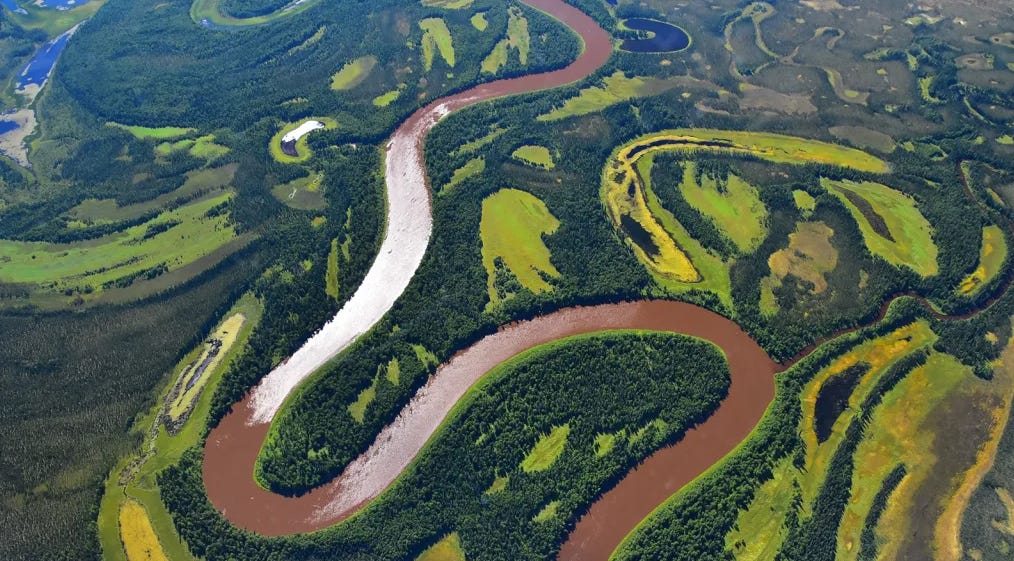Ninth Circuit Pokes Holes in Dunleavy’s Claim to Federal Over-Reach
By Hal Shepherd
Last week, the Ninth Circuit Court of Appeals affirmed a Federal District Court decision that upheld a rural subsistence priority to fish for salmon and other species in the Kuskokwim River. The decision is most notable for confirming that Congress, in enacting Title VIII of the Alaska National Interest Lands Conservation Act (ANILCA), applies in navigable waters on federal lands —an essential aspect of subsistence for Alaska’s Native communities.
In reaching its conclusion, the Court rejected the State of Alaska’s argument that the subsistence priority extends only to fish in non-navigable waters and found that the terms “public lands” include navigable waters traditionally used for salmon fishing as provided by the decades-old Katie John list of cases. According to Ana Hoffman, the Alaska Federation of Natives Co-Chair, “This victory preserving the rural subsistence priority is a testament to our collective resilience and determination to protect our rights and culture for future generations.”
Yet, the Court’s opinion has much broader implications than just the geography of the Kuskokwim River, namely by poking holes in one of the Dunleavey administration’s efforts to exclude federal oversight of water and fishery management. A major argument in the administration’s push for complete dominion over Alaska's waters is the claim that the U.S. Supreme Court has granted the State broad jurisdiction over navigable waters within its boundaries, free from federal regulatory authority.
According to Doug Vincent Lang, Commissioner of the Alaska Department of Fish and Game and Treg Taylor, the State’s Attorney General in responding to the Kuskokwim river law suit which was initiated by the Biden administration “[w]e find ourselves today in our legal response to the federal government’s repeated attempts to seize control of the Kuskokwim River and take charge of the fish within.” Similarly, Patty Sullivan, director of communications for the Alaska Department of Law, said, “The United States initiated this lawsuit, and now the State is compelled to defend itself.” This statement is interesting, especially when Sullivan fails to mention that the dispute about jurisdiction over federal waters actually began after the Dunleavey Administration began filing a suite of lawsuits in the District Court for Alaska to quiet title over multiple rivers and lakes throughout the state. In addition to lawsuits, during the 2023 and 2024 legislative sessions, Governor Michael Dunleavy introduced a bill to encourage state ownership of all submerged lands underlying navigable waters.
The inspiration for the Governor’s water grab arose from the 2019 decision by the U.S. Supreme Court in Sturgeon v. National Park Service concluding that, for the purposes of the Alaska National Interest Lands Conservation Act, the Nation River did not qualify as “public land” and the Park Service, therefore, did not have the authority to prohibit power boating on the part of the river found within the preserve. The Sturgeon Court opinion, however, kept intact the 9th Circuit Court of Appeals decision in Katie John stating that ruling is “not at issue in this case, and we, therefore, do not disturb the Ninth Circuit’s holdings that the Park Service may regulate subsistence fishing on navigable waters.”[1] In addition, although it is generally considered that a stream determined to be navigable is state waters, the Supreme Court has consistently rejected the notion of complete ownership of water by either the federal or state governments. Any state claim of such ownership, therefore, is likely to be an insufficient justification for interfering with valid federal rights to regulate water use.
The real threat to Alaska Native fishing rights and salmon, therefore, is whether the State will appeal the Kuskokwim ruling, forcing the U.S. Supreme Court to directly address the definition of public lands in Katie John. If the Supreme Court overturns that precedent, the Dunleavy Administration’s “Take Back Alaska Waters Initiative” under the bogus claim of federal overreach will pose a continuing threat to water and subsistence resources at a time when protections for salmon are needed most.
1
[1] Harold Shepherd, Return to Ekeunick’s Time, Defending Water and Tradition in the Arctic, p. 127 (iUniverse October 2024).



As an update the state of Alaska has appealed the 9th Circuit decision to the U.S. Supreme Court which would threaten the Katies John precedent and Native Fishing rights on rivers running through federal lands throughout the state: https://alaskapublic.org/news/politics/washington-d-c/2025-09-16/alaska-asks-u-s-supreme-court-to-decide-the-future-of-its-subsistence-fishing
Hal, I learn so much from your posts, and about issues that, while seemingly "local" or "territorial," really affect us all. Thank you!